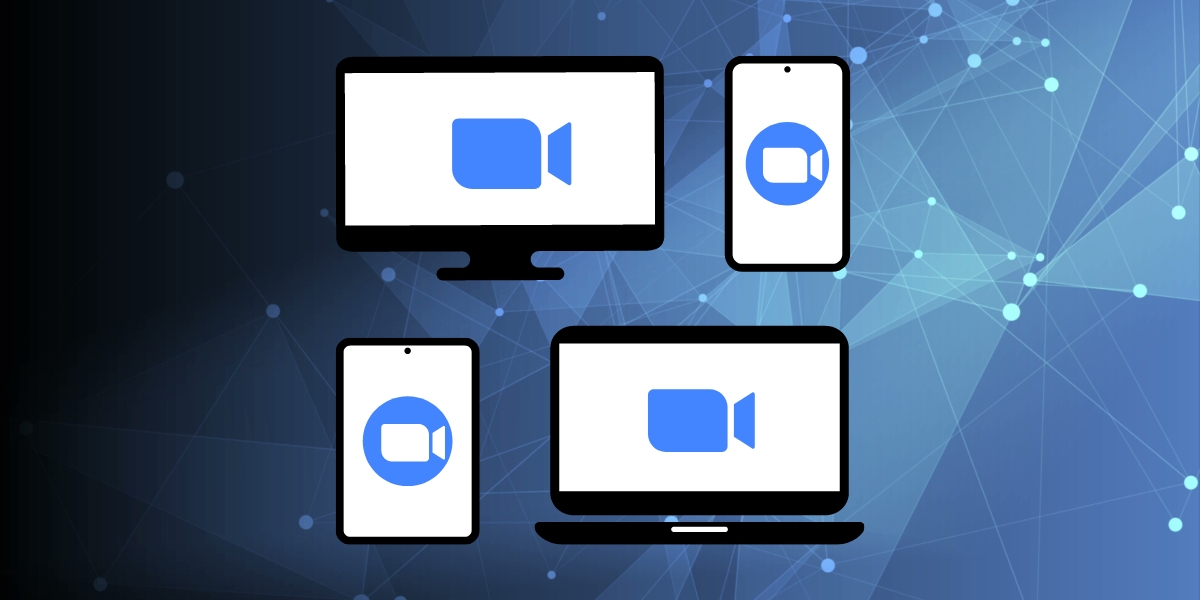Understanding Airplane Mode: A Comprehensive Guide
Posted by iCoverLover on May 11, 2023
Airplane Mode, also known as flight mode, offline mode, or standalone mode, is available on smartphones, laptops, and other wireless communication devices. When activated, this mode suspends many of the device's signal-transmitting functions – notably cellular, Wi-Fi, and Bluetooth – thereby disconnecting it from most network services.
The name "Airplane Mode" is derived from its primary purpose: to make devices safe for use during flights. With this mode enabled, devices comply with airline regulations that prohibit the use of equipment that could potentially interfere with an aircraft's navigation and communication systems.

Benefits of Airplane Mode
Reduces Energy Consumption: By disabling your device's wireless communications, Airplane Mode significantly reduces battery drain, thereby prolonging device usage time between charges.
Speeds Up Charging: If you need to recharge your device quickly, switching to Airplane Mode will help as it disables energy-consuming apps and features.
Eliminates Distractions: For those who desire periods of uninterrupted focus, enabling Airplane Mode can provide a temporary reprieve from incoming calls, texts, and notifications.
Prevents Roaming Charges: For international travellers, activating Airplane Mode can help avoid unexpected data roaming fees.
Facilitates In-Flight Safety: As previously mentioned, Airplane Mode ensures that your device doesn't interfere with sensitive aeroplane systems.
How to Activate Airplane Mode
Activation steps can vary slightly depending on your device's operating system:
On Android:
- Swipe down from the top of the screen to reveal the quick settings menu.
- Tap on the icon that looks like an aeroplane to activate Airplane Mode.
On iOS:
- Swipe up from the bottom of the screen (or swipe down from the top right corner on iPhone X and newer) to access the Control Centre.
- Tap on the aeroplane icon to enable Airplane Mode.
On Windows:
- Click on the network icon in the system tray.
- Select 'Airplane Mode' from the pop-up menu to enable it.
On MacOS:
- Click on the Wi-Fi icon in the menu bar.
- Select 'Turn Wi-Fi Off', then enable 'Airplane Mode'.
Airplane Mode Restrictions
While Airplane Mode provides numerous benefits, it also comes with certain limitations:
No Calls or Messages: Since Airplane Mode disables cellular services, you can't make or receive phone calls or text messages. However, Wi-Fi calling and messaging apps will work if you manually re-enable Wi-Fi after activating Airplane Mode.
No Internet Access: Airplane Mode cuts off all internet connectivity unless you turn Wi-Fi back on.
Limited Device Functionality: Certain apps and services that require internet access will not function in Airplane Mode.
Airplane Mode Safety Tips
Comply with Flight Regulations: Always activate Airplane Mode during flights when instructed to do so by airline staff.
Be Aware of Your Surroundings: If you're in an area with sensitive equipment, like a hospital, it might be beneficial to switch your device to Airplane Mode.
Use Responsibly in Public Spaces: Remember that Airplane Mode also disables your device's ability to make emergency calls.
Airplane Mode Troubleshooting
If you're experiencing difficulties with Airplane Mode, here are a few troubleshooting tips:
Restart Your Device: Sometimes, simply turning your device off and back on again can resolve any issues.
Update Your Device: If your device's software isn't up-to-date, this might be causing the problem. Ensure your device is running the latest version of its operating system.
Check for App Conflicts: Certain applications may interfere with Airplane Mode. Try removing recently installed apps to see if this resolves the issue.
Factory Reset: If all else fails, a factory reset may be necessary. Be aware that this will erase all data on your device, so make sure to back up important files before proceeding.
Airplane Mode Alternatives
While Airplane Mode is a valuable feature, there are alternatives available if you need some, but not all, of its functionality:
Do Not Disturb Mode: This feature silences calls, alerts, and notifications. However, it doesn't disable your device's wireless communications, so you can still receive voicemails and text messages, browse the internet, and use apps that require a network connection.
Wi-Fi Calling: If you need to make a call but don't have cellular service (or it's turned off because you're in Airplane Mode), you can use Wi-Fi calling if your phone and your carrier support it.
Data Roaming Off: If you're travelling internationally and don't want to incur roaming charges, you can turn off data roaming in your device's settings. This allows you to make and receive calls and texts, but it prevents your device from using mobile data.
Individual App Settings: Many apps have settings that allow you to customise when and how they send notifications. This can be an excellent way to reduce distractions without disabling your device's wireless communications.
Remember, while these alternatives can be useful, they don't replace the need for Airplane Mode in situations where it's important to prevent your device from transmitting signals, such as when you're on an aeroplane or near sensitive equipment. Always follow regulations and instructions regarding the use of electronic devices in these situations.
Conclusion
Understanding and properly utilising Airplane Mode is key to ensuring both the longevity of our devices and compliance with important safety regulations. This simple yet powerful feature offers the benefits of reduced energy consumption, the elimination of distractions, and the prevention of unexpected charges, all while preserving the safety of flight systems.
While it does come with certain limitations, these can often be circumvented with a careful mix of alternative features and settings. And in the rare instance where Airplane Mode encounters an issue, a combination of basic troubleshooting strategies can usually solve the problem.
Ultimately, as with any technological feature, the effectiveness of Airplane Mode is determined by how well we, as users, understand and employ it. By familiarising ourselves with its capabilities and potential, we can ensure that we are using our devices optimally, responsibly, and in line with our individual needs.
